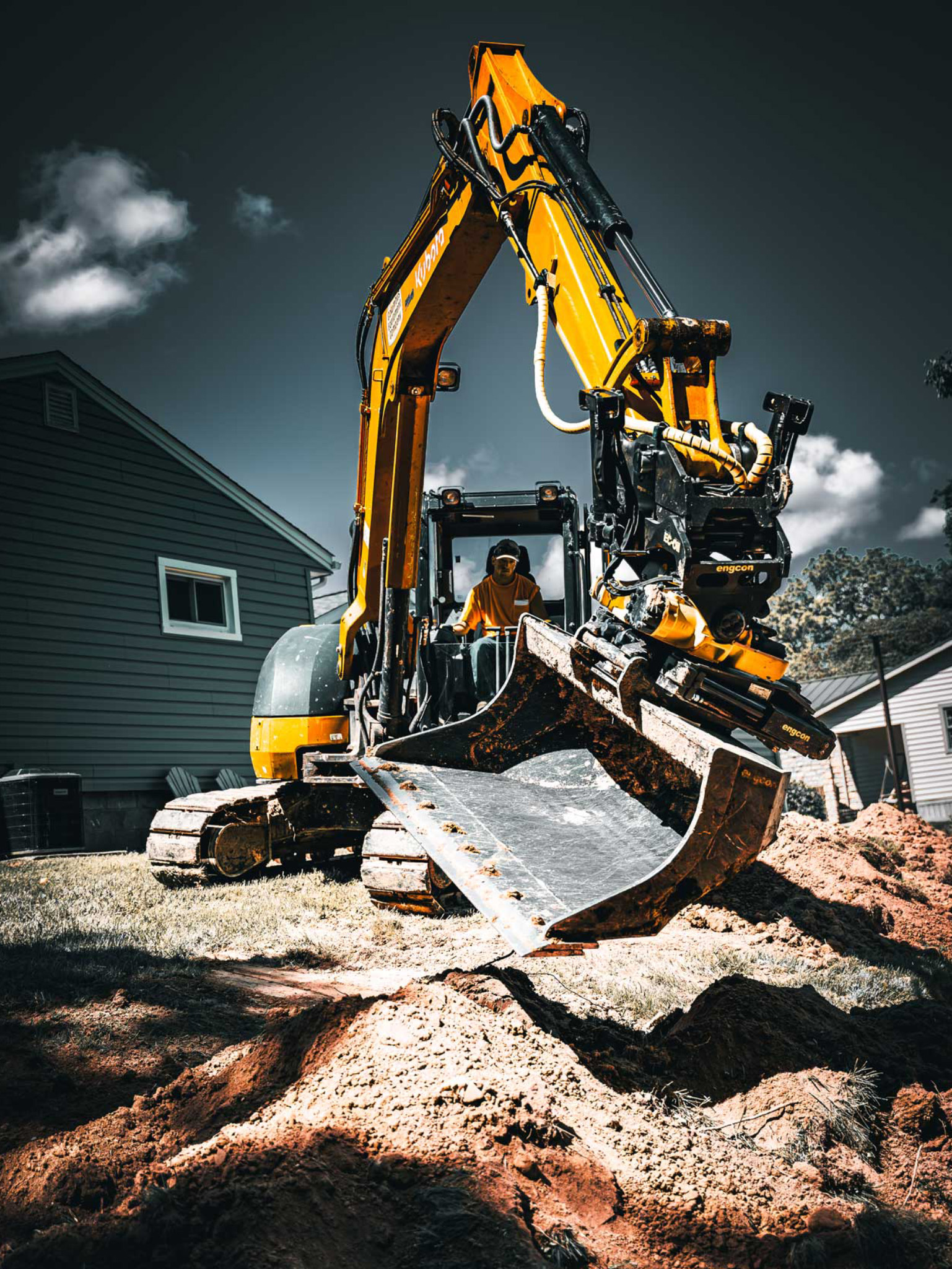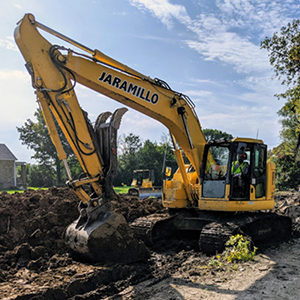Business Lancaster Trenching - Trenching Providers for Organizations in Lancaster
In-Depth Exploration: The Science Behind Superior Excavation Practices
From ancient hand devices to modern-day hydraulic excavators, the development of excavation methods has been a testament to human resourcefulness and technical innovations. What really establishes premium excavation practices apart is a deep understanding of geological concepts, combined with the usage of sophisticated tools and methodologies.
Advancement of Excavation Techniques
Throughout history, the development of excavation techniques has actually played a crucial duty beforehand building and construction techniques and archaeological explorations. From the simple tools utilized by our ancestors to the innovative equipment used in contemporary times, the development of excavation methods has significantly changed just how we approach various tasks.
In old times, hands-on labor with fundamental devices such as pickaxes, wheelbarrows, and shovels was the main approach of excavation. This labor-intensive process restricted the deepness and scope of excavations, typically causing sluggish progression and restricted access to particular sites. As people progressed, so did the techniques and devices utilized for excavation.
The Industrial Revolution marked a turning point in excavation techniques with the intro of steam-powered machinery. In contemporary times, technology plays a critical function in excavation, with developments like GPS systems, drones, and 3D scanning improving precision and performance in the field.
Role of Technology in Excavation

The assimilation of advanced modern technology has actually essentially revolutionized the field of excavation, improving accuracy and performance to extraordinary levels - excavating ohio. One of the crucial technical innovations that has substantially influenced excavation practices is the usage of General practitioner systems.
Additionally, the arrival of 3D modeling and simulation software has streamlined the planning process for excavation tasks. Engineers and operators can currently picture the entire excavation process prior to beginning, determining possible obstacles and maximizing workflow. In conjunction with this, the execution of drones in excavation activities has helped with aerial surveys, volumetric measurements, and site assessments with unequaled rate and precision.
Geological Principles in Excavation
An understanding of geological principles is important for ensuring the structural honesty and security of excavation websites. Geological factors play an essential function in figuring out the expediency and safety and security of excavation jobs.
Furthermore, the geological framework of the area, consisting of faults, fractures, and rock formations, have to be carefully assessed to determine potential dangers and obstacles. Excavating near geological fault or unsteady rock formations can cause instability and potential threats. By carrying out complete geological surveys and evaluation, excavators and visit the website designers can develop methods to mitigate dangers and ensure the effective completion of excavation tasks. Eventually, incorporating geological principles right into excavation techniques is important for accomplishing risk-free, effective, and sustainable results.

Most Current Devices for Excavation
In the realm of excavation practices, contemporary developments in tools have revolutionized the efficiency and accuracy of excavation procedures. Among the current devices making waves in the sector is making use of drones furnished with sophisticated imaging innovation. These drones can offer comprehensive aerial surveys of excavation sites, offering real-time information on topography and possible dangers. This info aids in far better preparation and decision-making throughout the excavation procedure.
An additional cutting-edge tool obtaining appeal is the implementation of 3D printing modern technology for producing custom excavation equipment. This allows for the manufacturing of specialized tools that are customized to the particular needs of a job, increasing efficiency and decreasing downtime.
Furthermore, improvements in materials scientific research have actually resulted in the growth of stronger and extra sturdy excavation tools. excavating ohio. Tungsten carbide-tipped excavator accessories, for instance, offer premium performance in difficult ground problems, improving performance on-site
Science's Influence on Excavation Practices

Additionally, developments in materials science have resulted in the creation of find more more powerful, a lot more resilient excavation devices and devices. The use of composite materials in shovels and miners has actually enhanced their efficiency and longevity, inevitably enhancing productivity on excavation websites. Additionally, clinical research on soil technicians and geotechnical engineering has actually provided beneficial insights right into soil habits, allowing excavation experts to make educated choices relating to excavation techniques and dirt stabilization techniques. Generally, scientific research continues to drive technology and improvement in excavation methods, making excavation tasks a lot more efficient, cost-efficient, and lasting.

Verdict
To conclude, the evolution of excavation techniques has actually been substantially affected by advancements in technology and a deeper understanding of geological principles. The most recent tools and equipment utilized in excavation have actually improved effectiveness and accuracy in the field. The application of scientific knowledge has actually significantly boosted excavation methods, leading to extra reliable and sustainable techniques for excavating numerous kinds of materials.
In the world of excavation techniques, modern advancements in tools have transformed the efficiency and precision of excavation procedures. By leveraging clinical principles, the excavation sector has actually been able to dramatically enhance performance, precision, and safety in excavation procedures. GPR enables excavation teams to non-invasively check and map subsurface frameworks, utilities, and potential threats, allowing them to prepare excavation jobs with higher precision and lowered danger of accidents.
In addition, clinical Source research on dirt auto mechanics and geotechnical engineering has actually provided beneficial understandings into dirt actions, enabling excavation experts to make informed decisions regarding excavation approaches and soil stablizing methods. Overall, scientific research continues to drive technology and enhancement in excavation methods, making excavation jobs more effective, cost-effective, and lasting.